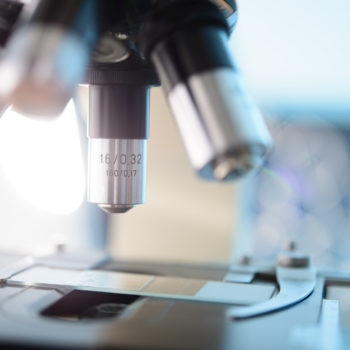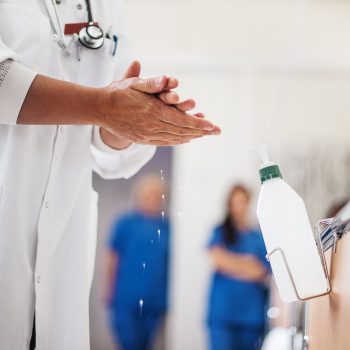A bacterial infection is identified with sepsis, when, starting from a localized infection, such as a bladder or venous catheter, or from a surgical wound – explains Dr. Michele Lagioia, Health Director of Humanitas and specialist in Hygiene and Preventive Medicine – the infection spreads in the bloodstream and from here affects various organs. Through the circulatory stream, therefore, the bacterium that generated the infection gives rise to a so-called systemic infection because it involves the whole body. It is not an infection that can be transmitted from man to man except through the transfer role of the bacteria that the hands of professionals and visitors can exercise. That is why a septic patient is generally isolated, because dedicated care is used, and because the use of proper hand washing must always be observed.
However, the bacteria that are also found in the patient’s biological fluids (mucus, urine, feces, blood), can transfer to sheets, pajamas, handkerchiefs, patient gauze and thus come into contact with the hands of visitors and health care personnel that can become vehicles of infection. Although the hands that come into contact with the patient, both for treatment and care, can carry the bacteria responsible for septicaemia, it is sufficient to wash or rub your hands correctly with the antibacterial gel to avoid transmission from patient to patient or from patient to immuno-compromised persons, even outside the hospital. To prevent the hands from becoming a vehicle for bacteria and infection, hospital visitors should also always use the antibacterial gel, which is easier and faster than washing their hands with soap and water, both in and out of the patients’ rooms. In fact, the antibacterial gel in an alcoholic solution, vigorously rubbed on the hands, allows temporarily reducing the bacterial load of the microorganisms present on the skin. Although after a few minutes of use, the bacterial load is reformed, the antibacterial gel is an essential and effective device for patient safety in the hospital.







